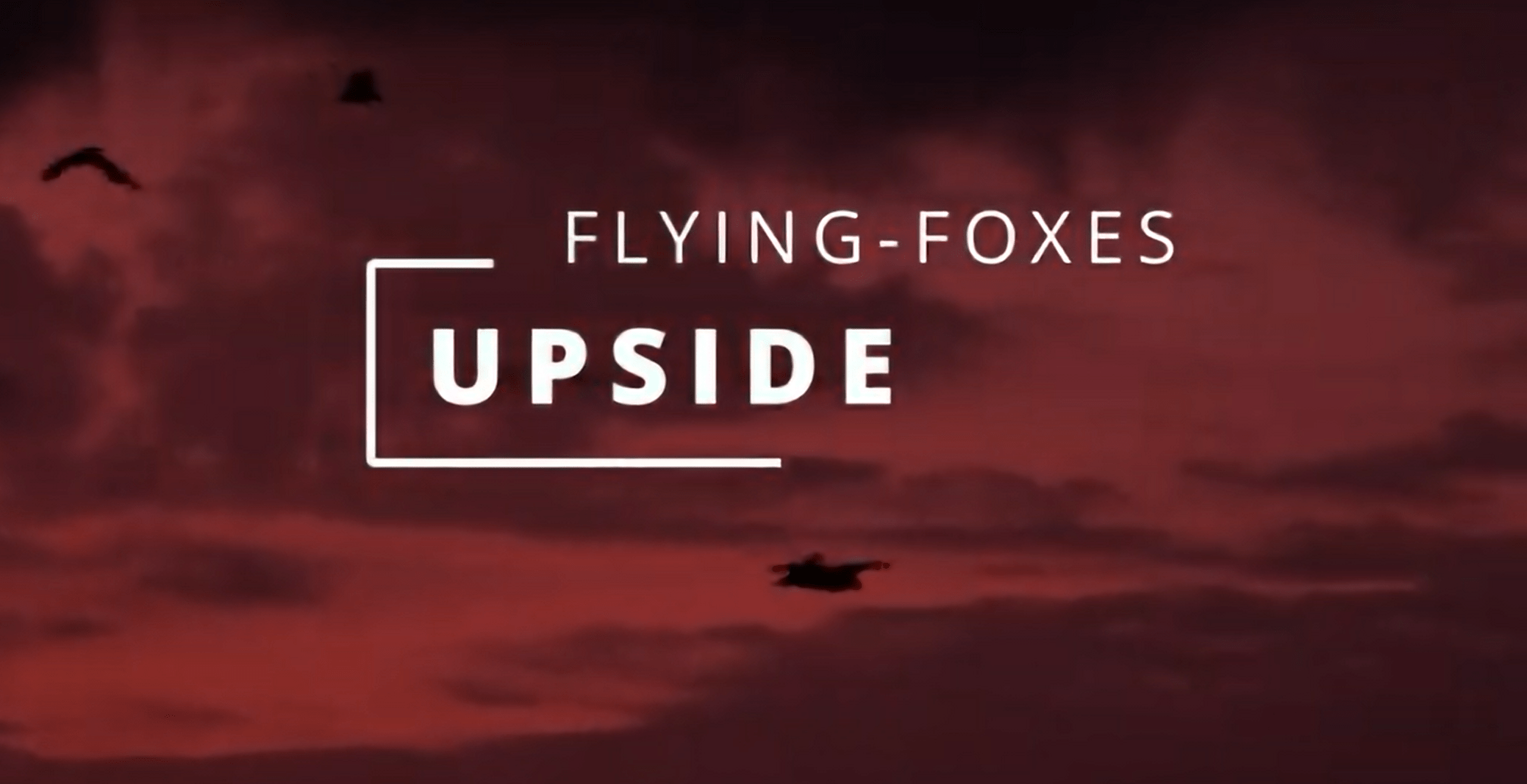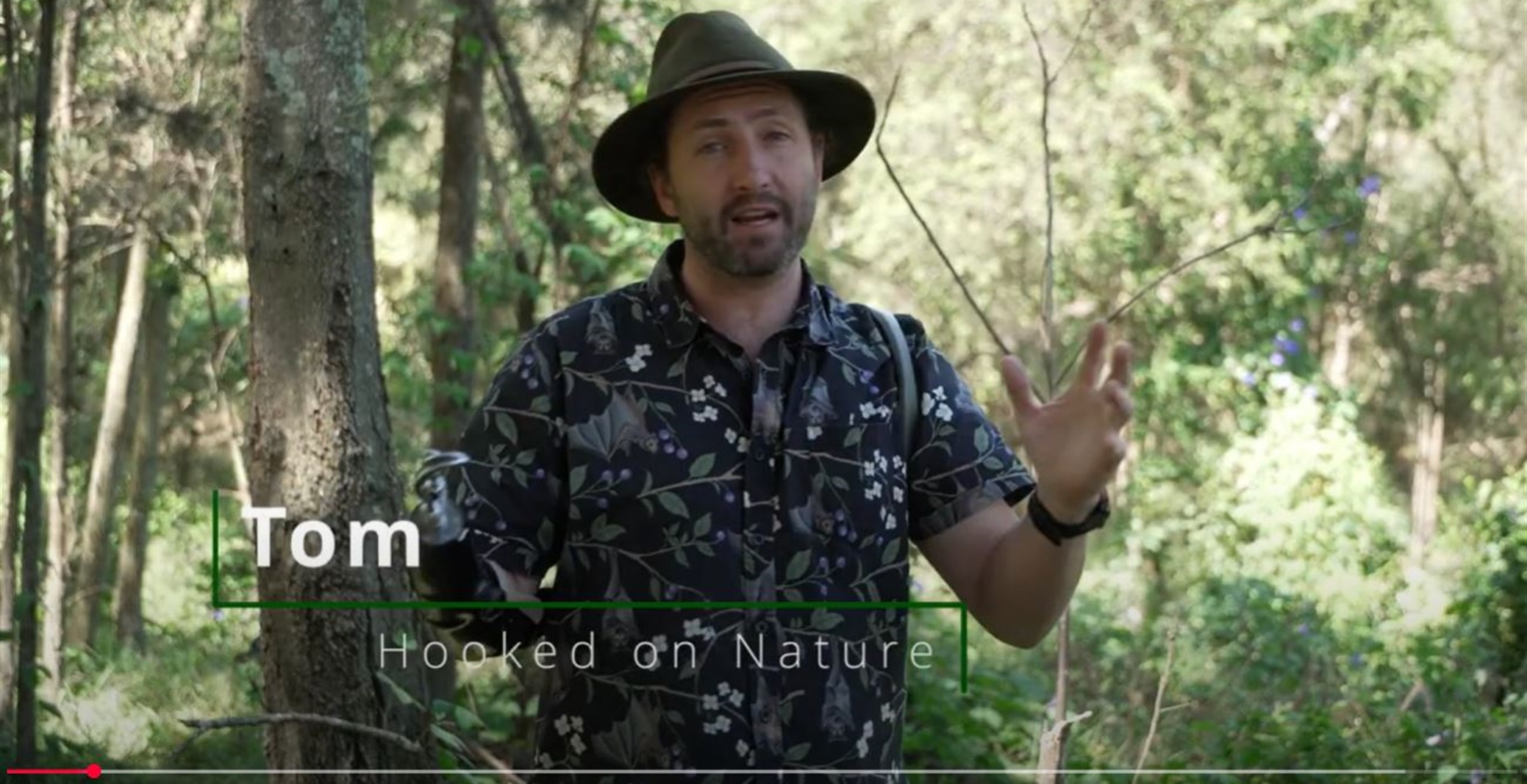Fairfield City Council first started its bush regeneration works in 1997 in Ace Avenue Reserve on Prospect Creek. Since then the projects have expanded throughout the Fairfield Local Government Area. Fairfield City Council actively manages 192 hectares of bushland and creek reserves.
The reserves that are actively managed by Council contain bushland that is in varying condition. That is, some reserves the management focus is on removal of priority weeds, woody weeds and vines whereas in other reserves, the management of weeds is primarily looking at ground cover weeds. Most of the managed bushland is within the urban areas of Fairfield City, with only road reserves and sporting fields west of the M7 in the rural areas of Fairfield City. These road reserves have been identified to have significant vegetation or priority weeds present.
Funding for the Bushland restoration comes from two sources. The first is council’s natural resources programs and the second is grant funding, where Council has applied for and successfully obtained grant monies.
The current creek care program includes works in the following reserves:
- Prospect creek
- Cabramatta creek
- Orphan School Creek
- Clear Paddock Creek
- Green Valley Creek
- Wilson Creek
- Edensor Creek
- Reedy Creek
- Long Creek
- Burns Creek
- Fairfield Showground
- Derwent Place Reserve
- Curran Street Reserve
- East Parade road reserve
- Fairfield Street Reserve
- Gallipoli Park
- Indigenous Flora Park
- Hornet Street Reserve
- Burley Road Reserve
- Cobham Street Road Reserve
- Marconi Park
- Bossley Road Bushland Reserve
- Rafter Crescent Reserve
- Tasman Parade Reserve
- Power Street Reserve
- Warragamba Crescent Reserve
- Wetherill Park Reserve
- Willow Close Reserve
The natural resources team maintains natural stormwater assets that have recently been completed, such as creek rehabilitation and rain garden projects. Rain gardens are systems that capture and filter out pollutants in the stormwater water prior to it entering our urban waterways.
Fairfield City Council undertakes creek cleaning activities throughout the urban, rural and industrial areas of the local government area. Activities include:
- Regular cleaning of Gross Pollutant Traps
- Removing rubbish, plastics, dumped waste including food scraps, grass clipping and other large bulky items such as mattress from creek lines each year
- Removal of shopping trollies from within urban creeks
- Regular weekly creek cleaning undertaken by teams managed in collaboration with the Georges River Keeper (GRK)
Fairfield City Council have a number of different style stormwater devices. These devices have been placed on a roster and are cleaned according to need, roster and device type. These include:
- Booms – are devices floated across creeks to capture floating litter
- Net-tech – nets that are connected to the end of a stormwater pipe to collect litter
- Underground tank that capture rubbish via a vortex action with water flow.
Fairfield’s Natural Resources team applies for grants to enhance the current Natural Resources and Stormwater programs run by Council. Below are the current grants that the Natural Resources section are administrating.
Weed action Program 2020-2025
WAP funding is delivered through the Local Land Services agency according to the Greater Sydney Regional Strategic Weed Management Plan. With a focus on managing weeds to improve the region’s biosecurity. Our vision is to protect the region’s environment, landscape, livelihood, cultural and lifestyle values from weeds by strengthening the sustainability of the natural environment, primary industries, and local communities in the region.
Fairfield City Council have approved funding to carry out inspections on private land in both rural and urban areas. Including high risk pathways such as commercial premises. Funding has also been allocated to conduct inspections on major rail lines and roadways. There will also be a focus on on-line sales and sales through local markets.
Greening our cities – cooler suburbs
The vision of this project is to make Fairfield City a greener and cooler city to live in, by expanding the urban forest, which will be achieved by planting additional trees in locations where there is low canopy cover and which exhibit high urban heat island and high heat vulnerability indexes.
The project will build on Council’s existing tree-planting program in parks and streets to provide additional canopy to address high levels of exposure to heat and to improve and enhance amenity. This project aligns with Council’s Local Strategic Planning Statement, draft Open Space and Recreation Strategy, and Biodiversity Strategy.
Cabramatta Creek Flying Fox Camp Enhancement
Fairfield city Council has been successful in securing a nine year grant with Local Government NSW to enhance the habitat for the Cabramatta flying fox camp.
The aim of this project is to create a robust, dynamic and resilient habitat in a spatially constrained urbanised area that will enhance the Grey-headed flying foxes’ survivability in the Cabramatta Creek flying fox camp.
The Cabramatta Creek flying fox camp is located on the border of the suburbs of Cabramatta and Warwick Farm, between the two Local Government Areas of Fairfield City Council (FCC) and Liverpool City Council (LCC), along Cabramatta Creek, approximately 1km upstream of the Georges River.
There are playing fields on the Southern side of Cabramatta Creek in LCC, while on the northern side; the camp is bounded by the Hume Highway, residential homes and commercial premises.
FCC is proposing to carry out bush regeneration works to restore and enhance existing native vegetation on the inside meander bend, known as Flying Fox Reserve. Flying Fox Reserve covers an area of approximately 2.8 ha. This project aims to restore 1.8 ha of native vegetation canopy and midstory in the rear of the reserve, as well as to create a suitable microclimate similar to that of the existing camp area to favour the flying fox’s long-term survival within this heavily urbanised area. Canopy and midstory restoration will focus on the area that the camp occupied in 1995, with the aim to encourage the flying foxes to reoccupy this area, further away from residential properties, commercial premises as well as the Warwick Farm Racecourse.
An education campaign consisting of workshops, events, community planting days and social media campaigns will be developed to enhance the knowledge of and create positive behavioural change within culturally diverse communities towards the flying fox, which in turn will work constructively towards the long-term survival of this species.

Watch the Flying Foxes Upside video

Watch the Living with Flying Foxes Upside video
Urban Rivers and Catchments Grant – Brown Reserve (Henty Creek)
Council and Georges Riverkeeper were successful in securing a four-year grant to manage and maintain Brown Reserve, Bonnyrigg.
The headwaters of Henty Creek are located above North Liverpool Road within the Council area of Liverpool. This project is focusing on the creek and bushland area between Brown Road and Elizabeth Drive, Brown Reserve.
The Project area is zoned as C2 for environmental conservation. The different vegetation communities identified on site include alluvial woodland, Shale Plain Woodlands and Coastal freshwater wetlands. Alluvial woodland (River flat Eucalyptus Forest on Coastal Flood plains) is the dominant plant community on site. It has been listed as a Critically Endangered Ecological Community under the Biodiversity Conservation Act 2016. The threatened species Acacia pubescens is also located within this reserve.
Most sections of Henty have been previously cleared of woody weeds with follow-up maintenance through Council’s bush regeneration program.
There are large remanent trees through the section, with small sections of remnant bushland where supplementary planting has previously taken place under Council’s stormwater program.
The project will be initially targeting state and regional priority weeds as well as large woody weeds that are dominating the stormwater inlets and the creek.
Once completed the project will move into a secondary weed management stage, community education and planting. By the end of the four-year project a total of 19,000 plants will be planted in community planting days and along the creek to slow down erosion. A First Nations cultural burn will be held by the traditional owners of the land as well as other education events for the community.
The Georges Riverkeeper program will pick up and remove the litter deposited from previous high-water events at the site.
